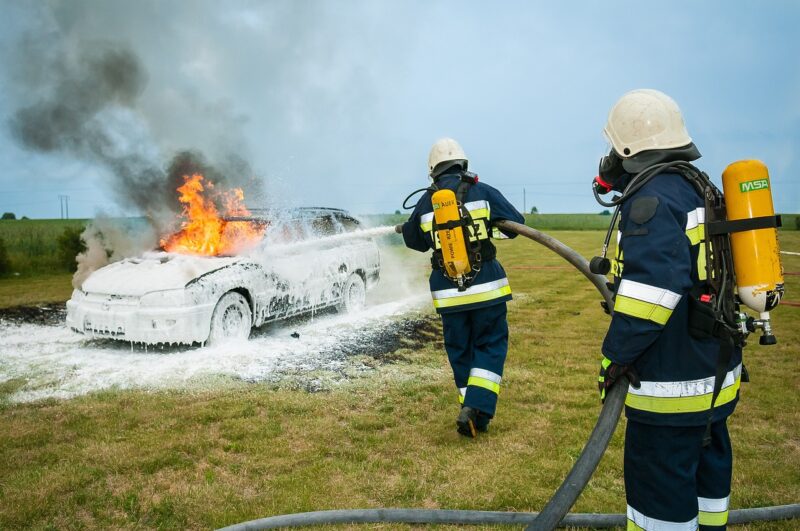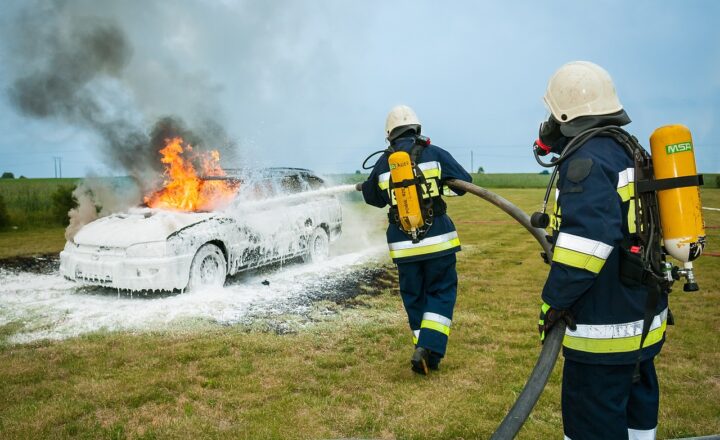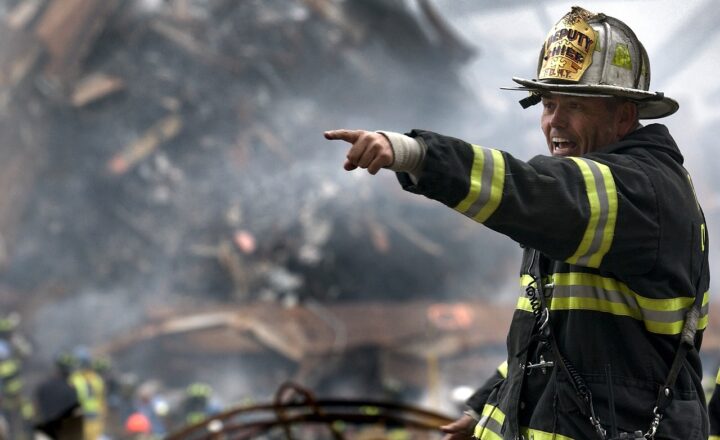How Firefighters Train for Building Collapses and Other Structural Hazards
November 13, 2024

Fighting fires and rescuing lives are noble tasks that require extensive training, skill, and dedication. Among the myriad challenges faced by firefighters, the risk of building collapses and other structural hazards during fire incidents poses one of the greatest dangers. To prepare for these life-threatening situations, firefighters undergo rigorous training programs designed to develop their skills, enhance teamwork, and ensure safety for themselves and victims alike. In this article, we’ll dive into the various training techniques and practices firefighters use to prepare for building collapses and navigate structural hazards effectively.
1. Understanding Structural Hazards
To tackle building collapses effectively, firefighters must first understand the nature of structural hazards. Buildings are made of materials that can react differently during a fire, influenced by factors such as temperature, materials used, and the building’s overall design. Some of the critical hazards include:
- Weakening Materials: High temperatures can weaken structural components like steel and concrete, leading to potential failures.
- Flashover: The rapid spread of fire can create life-threatening conditions; knowing how to identify and avoid flashover is crucial for safety.
- Smoke Conditions: Smoke can obscure visibility and affect breathing; understanding smoke movement helps firefighters navigate through dangerous areas.
- Controlled Collapse Risks: During firefighting operations, controlled collapse may be necessary for strategic reasons, but it requires careful planning and execution.
Understanding these hazards allows firefighters to create effective plans to mitigate risks when responding to emergencies in buildings.
2. Risk Assessment Training
Before entering a potentially compromised structure, educators instill the importance of assessing risks and performing scene evaluations. During training sessions, firefighters learn how to:
- Conduct Initial Assessments: Evaluation of building conditions upon arrival, identifying the extent of the fire, structural integrity, and potential hazards.
- Determine Access Points: Identifying the safest entrance and exit points, as well as potential escape routes for civilians and themselves in case of collapse.
- Utilize Technology: Firefighters now use drone technology and thermal imaging to gather critical data without putting lives at risk.
Training drills often simulate real-life scenarios where firefighters must adapt quickly to changing conditions and make calculated decisions to prioritize safety and effectiveness.
3. Hands-On Training with Collapse Simulation
*Fire departments utilize collapse simulators or training towers that mimic the architectural styles and layouts of buildings. Firefighters will engage in hands-on drills to practice rescuing victims while navigating through simulated hazardous zones. These simulations help with:
- Scenario-Based Training: Firefighters learn to apply techniques in various scenarios, including residential fires, commercial building collapses, and multi-story structures.
- Team Coordination: Working as a unit is crucial during emergencies. These drills strengthen communication and coordination among firefighters while responding to emergencies.
- Use of Equipment: Firefighters train with specialized tools used for breaching walls, lifting debris, and accessing difficult areas, ensuring they are adept with all the necessary gear they may need in real emergencies.
Hands-on training with real-world conditions allows firefighters to feel more prepared when they face actual building collapses during emergencies.
4. Advanced Safety Techniques
Safety is paramount in firefighting training, especially in scenarios involving structural hazards. Strategies include:
- Personal Protective Equipment (PPE): Firefighters learn to select and use appropriate PPE to protect themselves from burns, falling debris, and other hazards inherent in collapsing structures.
- Rapid Intervention Teams (RIT): These teams are trained specifically to rescue trapped or downed firefighters during operations. Training focuses on maintaining communication, locating teammates quickly, and executing rescue missions in hazardous conditions.
- Reinforcement Procedures: Understanding structural stretcher and shoring systems that can be utilized to stabilize weaknesses in compromised structures before firefighters can enter or exit safely.
Such advanced training builds confidence in firefighters, equipping them with the knowledge needed to operate safely and effectively, even when faced with potentially lethal situations.
5. Continuous Education and Drills
Given the ever-evolving nature of firefighting techniques, continuous education becomes critical. Firefighters participate in various drills throughout their careers, covering areas like:
- New Equipment Familiarization: As technology advances, new firefighting technologies become available. Regular training ensures all personnel are familiar with the latest tools, including thermal cameras and hydraulic rescue tools.
- Case Study Evaluations: Analyzing past incidents where structural collapses occurred assists firefighters in understanding what went well, what went wrong, and how they can improve for the future.
- Medical Training: Medical emergencies are prevalent in fire situations. Thus, ongoing training on CPR, first aid, and patient assessment is imperative to ensure that both civilians and firefighters receive adequate medical care.
Through ongoing training, firefighters retain and develop their skills, ensuring they remain prepared to handle unexpected challenges.
Conclusion
In conclusion, the comprehensive training that firefighters undergo to prepare for building collapses and structural hazards is indispensable for their safety and operational effectiveness. Understanding structural hazards, conducting risk assessments, engaging in hands-on simulations, implementing advanced safety techniques, and continuing education are all pivotal components of their preparation. With dedication and effort in training, firefighters enhance their skills and the safety of their communities, ensuring they are ready to act in the face of danger. Firefighters are on the front lines, and through their training, they become the first line of defense against the unforeseen challenges posed by structural hazards, embodying the true spirit of bravery and resilience during emergencies.








